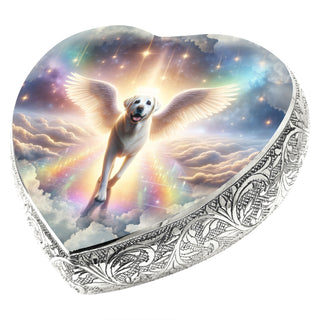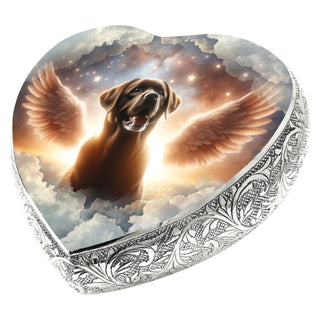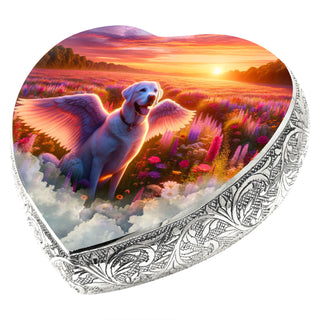Losing a beloved pet is an emotional experience, and many pet owners look for ways to honor their furry friend’s memory. Pet cremation is a popular option, offering a respectful way to say goodbye while preserving a keepsake in the form of ashes. But what exactly is pet cremation, and how does the process work?
Losing a beloved pet is an emotional experience, and many pet owners look for ways to honor their furry friend’s memory. Pet cremation is a popular option, offering a respectful way to say goodbye while preserving a keepsake in the form of ashes. But what exactly is pet cremation, and how does the process work?
What Is Pet Cremation?
Pet cremation is a process of reducing a pet’s body to ashes using high heat. This method is similar to human cremation and is performed by specialized facilities dedicated to providing compassionate care for pet owners.
Cremation allows you to keep your pet’s ashes as a lasting tribute, whether in an urn, keepsake jewelry, or scattered in a meaningful location.
Types of Pet Cremation
There are three main types of pet cremation, each with distinct features and costs:
1. Private Cremation
• Your pet is cremated alone, ensuring that only their ashes are returned to you.
• This option offers the highest level of certainty and is ideal for those seeking a deeply personal way to remember their pet.
2. Semi-Private or Partitioned Cremation
• Multiple pets are cremated simultaneously, but physical barriers keep the ashes separated.
• While slightly less expensive than private cremation, there may be minor risks of ash mingling.
3. Communal Cremation
• Many pets are cremated together without separation, and ashes are not returned.
• This is the most cost-effective option and often chosen by pet owners who do not wish to keep ashes.
How Does the Process Work?
1. Pickup or Drop-Off
• You can arrange for your pet to be picked up by the crematory or drop them off yourself. Veterinary clinics often partner with crematories to streamline this process.
2. Cremation Process
• Your pet’s body is placed in a cremation chamber and exposed to intense heat (1400–1800°F) for 1–2 hours, depending on the pet’s size.
• Afterward, any remaining bone fragments are finely processed into ash for consistency.
3. Ash Return
• If you’ve chosen private or partitioned cremation, the ashes are carefully packaged and returned to you in a temporary container or urn, often within 7–14 days.
Why Choose Pet Cremation?
• Convenience: Cremation requires less space than burial and avoids the complications of a home burial.
• Portability: Ashes can be stored in an urn, keepsake, or even jewelry, making it easy to carry a piece of your pet’s memory anywhere.
• Eco-Friendly Options: Many crematories offer biodegradable urns and eco-friendly practices, making cremation a sustainable choice.
Cultural and Emotional Significance
Cremation has become a way for pet owners to provide closure while preserving a bond with their pets. Whether you choose to keep the ashes at home, scatter them in a cherished spot, or use them in a memorial piece, cremation ensures your pet’s memory lives on.
































